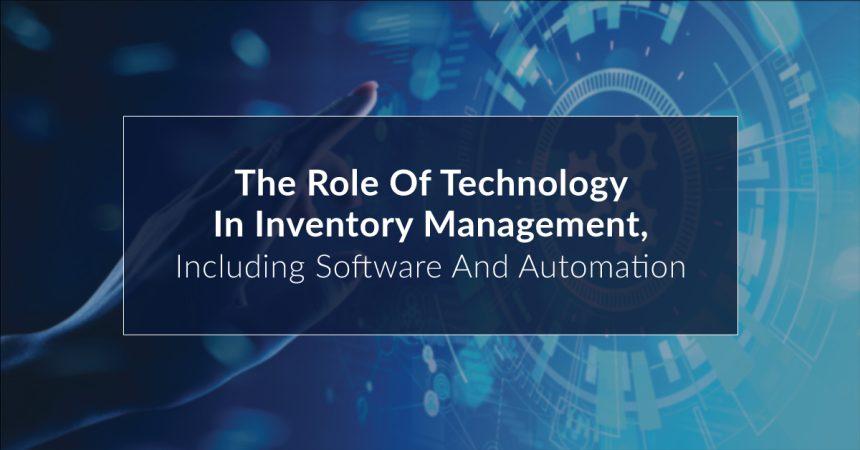The rise of technology has revolutionized every sector including the food business sector and now you can rely on it to leave some tasks on auto-pilot such as inventory management which manually requires time, effort, and precision. With technology, inventory management has become much more effective, accurate, and time efficient.
In this article, we will explore the role of technology in inventory management, including software and automation. By the end of this article, you will understand the benefits of implementing technology in inventory management and how it can help you optimize your supply chain.
Inventory management software is designed to simplify and automate the process of tracking and managing stock levels. It can help you keep track of your inventory in real-time, generate purchase orders, and even predict when to restock. The software can also integrate with other systems such as your point-of-sale (POS) system and accounting software to provide a more precise outcome.
Some of the most popular inventory management software options available today include SupplyNote IMS, TradeGecko, Zoho Inventory, and QuickBooks. These software options offer a variety of features such as real-time inventory tracking, automatic reordering, order management, and reporting.
Automation is one of the keys to help you streamline inventory management. For instance, you can automate your purchasing process to ensure that you never run out of stock. By setting up automatic reorder points, you can rest assured that you’ll always have enough inventory on hand without having to check stock levels constantly.
Automation can also be used to reduce human error in the inventory management process. By using barcodes or RFID tags, you can ensure that the stock levels are recorded accurately and in real-time. The use of automation can help you reduce the risk of errors and inconsistencies in your inventory management process.
With innovation, digitization of inventory levels has been achieved. Everything is recorded electronically on smart devices leaving no need to look after paper records and providing features to check, share and update details from anywhere, anytime.
Nowadays, you can even forecast demands by using the right tools to analyze data of purchases, sales, stock levels and demand patterns. This can help you keep up with the market trend and be prepared beforehand for maximum turnover.
When implementing technology in inventory management, there are a few things to keep in mind. First, it’s important to choose the right software that fits your business needs. The software should be user-friendly, customizable, and compatible with your existing systems. Second, it’s crucial to train your staff to use the software effectively to ensure its benefits are maximized. Finally, it’s important to have a plan in place for maintenance, upgrades, and support.
As information technology continues to grow, inventory management will become a cakewalk in the long run. Thus, with technology by your side, food businesses can optimize their supply chain, reduce costs, and improve customer satisfaction. So, don’t wait any longer to implement inventory management software and automation in your business.



Leave a Reply